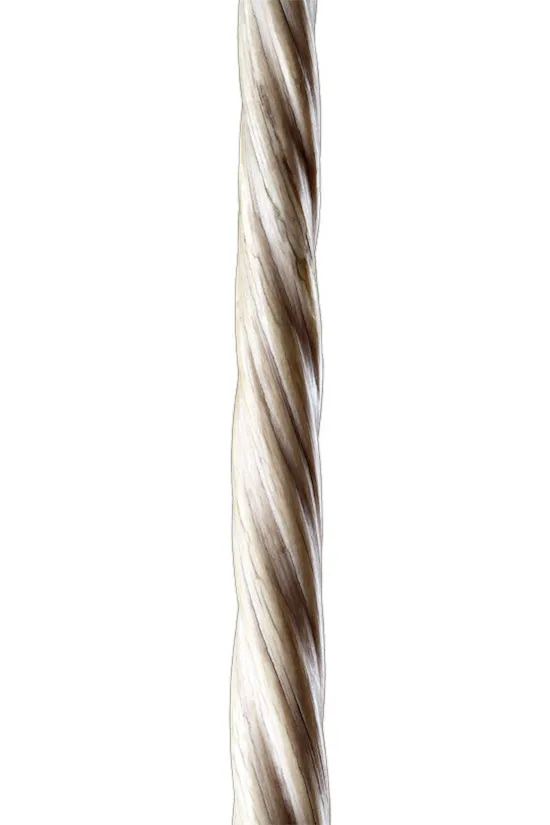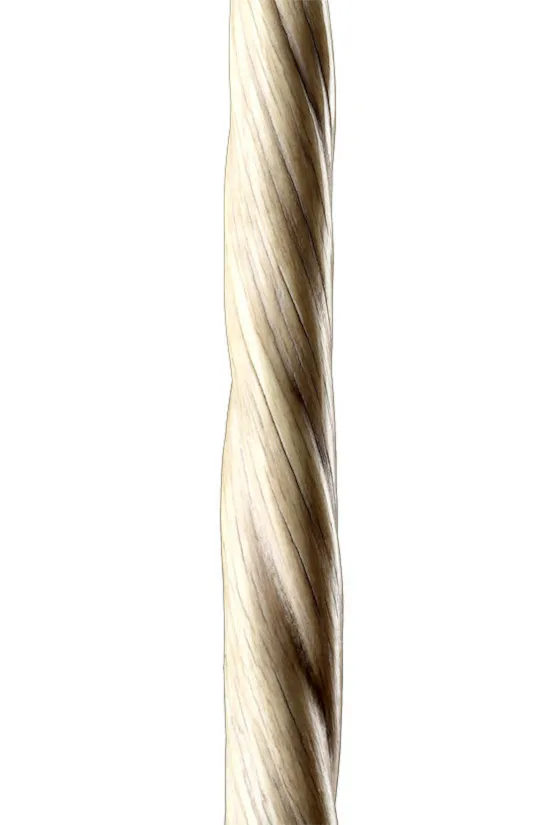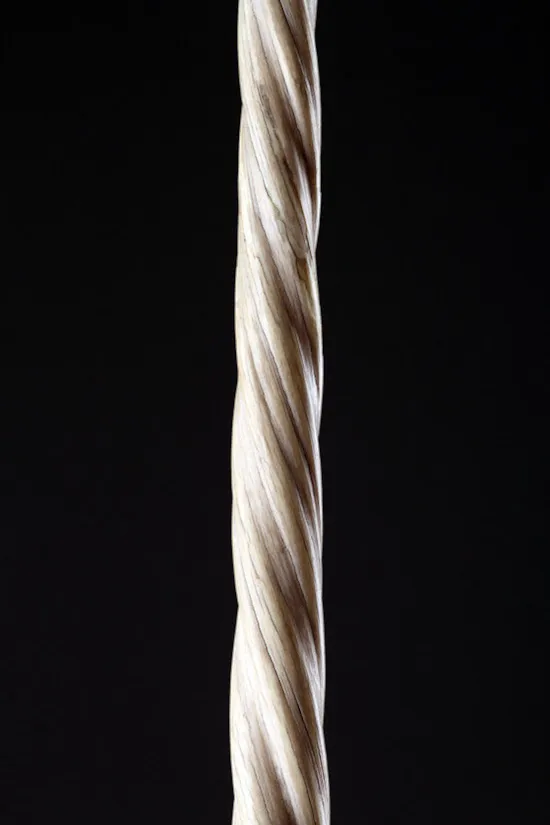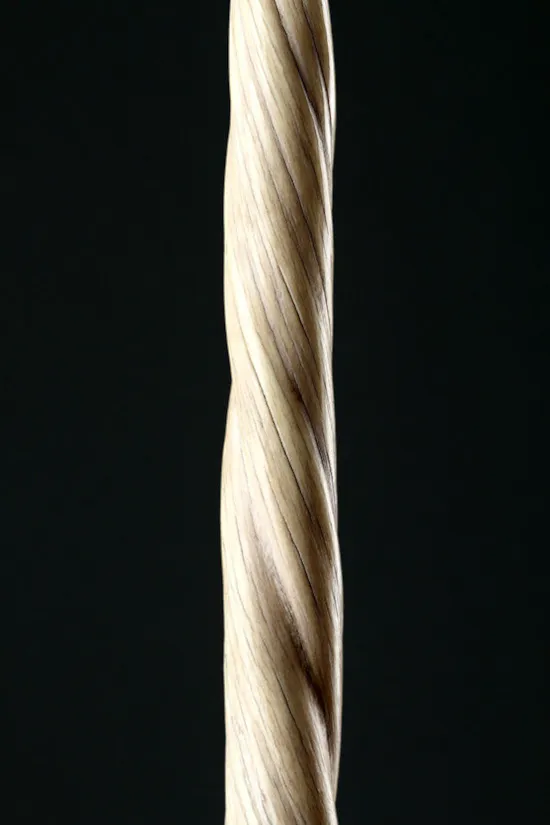Antique Specimen of a Narwhal Tusk ‘Monodon Monoceros’ with later Silver Tip
An Antique Specimen of a Narwhal Tusk ‘Monodon Monoceros’ with later Silver Tip
Old smooth patina with deep spiral twist
18th Century
SIZE: 198cm long – 78 ins long
Old smooth patina with deep spiral twist
18th Century
SIZE: 198cm long – 78 ins long
During the Middle Ages the tusk of a Narwhal was sold as the horn of a unicorn. Physicians believed that powdered unicorn horn could cure ills from plague to rabies, and even magically raise the dead. It was marketed as a precursor to Viagra and rivalled snake’s tongue and griffin’s claw as a detector of poison. As poisonings amongst the royal courts of Europe were all the rage in medieval times ‘unicorn horn’ became one of the most coveted substances, worth ten times its weight in gold. French monarchs dined with Narwhal tooth utensils and placed tusks along banqueting tables. Martin Luther was fed the powdered tusk as medicine before he died and the Emperor Rudolf II regularly took a pinch as an antidote to melancholy. The spiralled Ivory tusk was used to make the sceptre of the Hasburgs, Ivan The Terrible’s staff, the sword of Charles the Bold and the throne of the Danish Kings.
Antique Specimen of a Narwhal Tusk ‘Monodon Monoceros’ with later Silver Tip
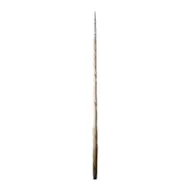
SOLD
